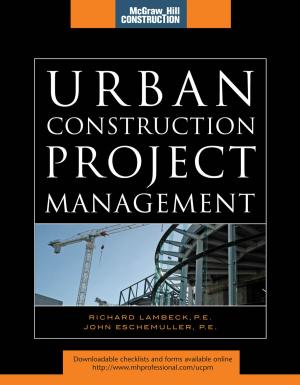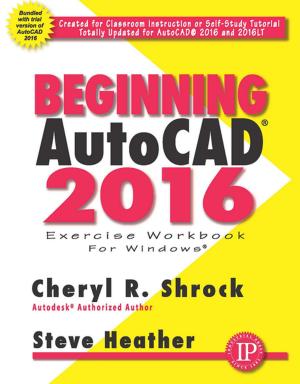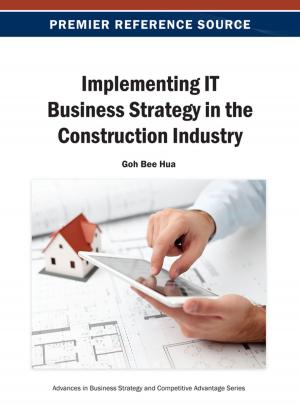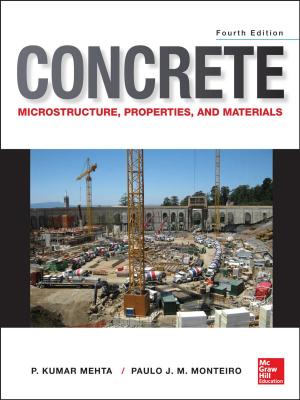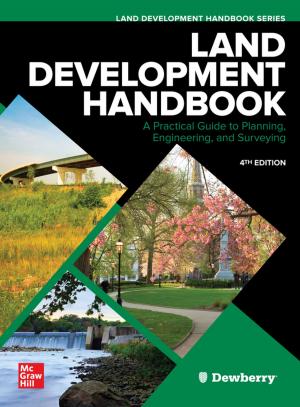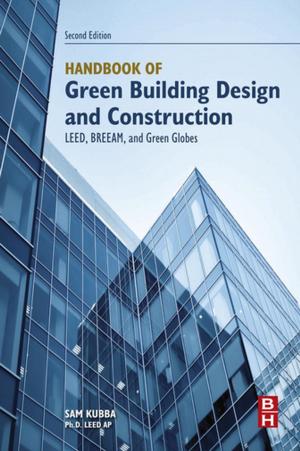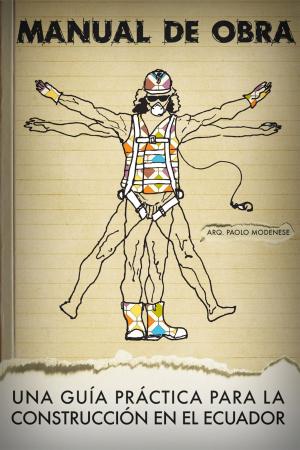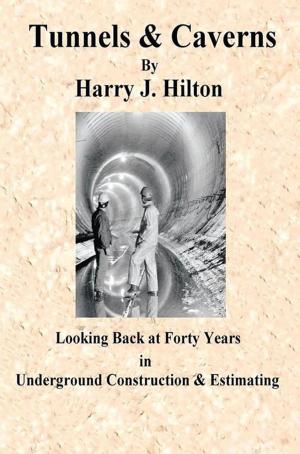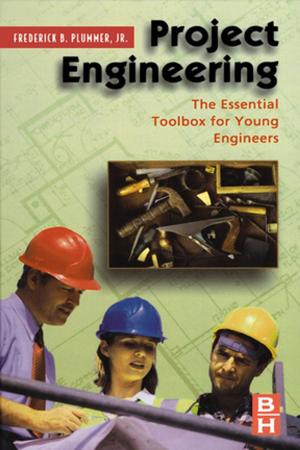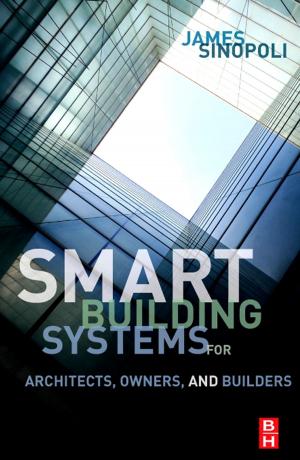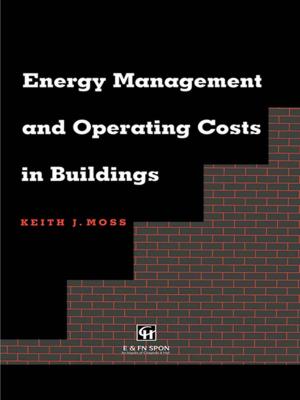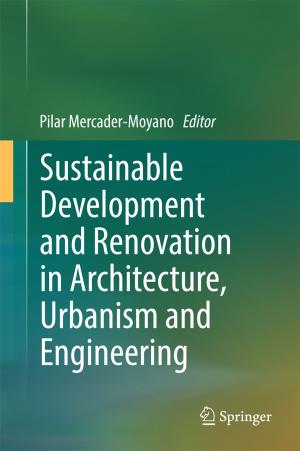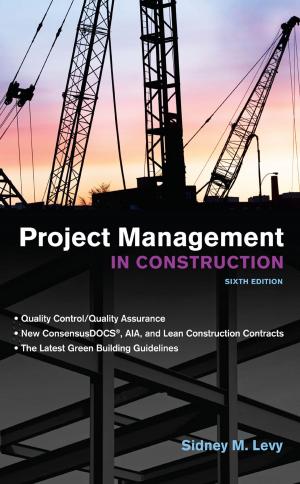Getting Back To Net Zero: Rediscovering Our Sustainable Roots
Nonfiction, Science & Nature, Technology, Environmental, Construction & Construction Trades| Author: | Brent Sauser | ISBN: | 9781310926280 |
| Publisher: | Brent Sauser | Publication: | August 7, 2014 |
| Imprint: | Smashwords Edition | Language: | English |
| Author: | Brent Sauser |
| ISBN: | 9781310926280 |
| Publisher: | Brent Sauser |
| Publication: | August 7, 2014 |
| Imprint: | Smashwords Edition |
| Language: | English |
Construction in the 1850’s was a lot different than today. The vast majority of building materials used were extracted from the surrounding environment. Fireplaces were constructed, not for aesthetics, but to heat and cook. There was no electricity or any need for it. They were not tied to a local utility grid for power. They used candles or oil lamps. When it was hot they opened the windows and placed more wood or coal on the fire when it was cold. This was the life style of the time, where they were naturally connected to the environment and seasons of the year, just like their fathers, grandfathers, and great-grandfathers. It was just good common sense to do so. There was no alternative.
Today, however, we are reaping the so-called benefits of a multitude of alternatives; alternatives that distance us from a natural connection to the environment. Central air conditioning and heating are now common. A wide selection of electronic conveniences, appliances, flat screen TVs, computers, tablets, entertainment centers, and other devices are now considered "must haves" in our homes. In as short as three or four generations we have grown accustomed to living in artificial environments. The exception has now become the rule, the standard for what is now considered acceptable construction. Gone are the days of the Little House on the Prairie. Today, it doesn't matter what the climate is, season of the year, or where you live. Modern technology has provided the low-cost means to live in any climatic region without having to deal with the consequences of weather or seasons. Through modern technology we have become experts at creating artificial environments that can go on sustaining us, as long as non-renewable resources are available to satisfy the power demand. We are told by those who should know better that our vast supplies of oil, coal, and natural gas are unlimited and will continue to fuel our artificial environments for generations to come. No reason to be hasty with all this attention to solar panels, wind turbines and other renewable resources. If the implementation of renewable resources will help to provide an advantage to us as individuals and as a nation, why not seriously consider it as a viable option?
These and other questions are addressed in "Getting Back to Net Zero". Simply stated, Net Zero design is construction that consumes less than, or as much energy as is produced on-site. How do we get back to our sustainable roots without sacrificing too many of the creature comforts we have grown to accept as necessities? Getting back to Net Zero provides the information you need to live a healthier, more sustainable 21st Century lifestyle.
Construction in the 1850’s was a lot different than today. The vast majority of building materials used were extracted from the surrounding environment. Fireplaces were constructed, not for aesthetics, but to heat and cook. There was no electricity or any need for it. They were not tied to a local utility grid for power. They used candles or oil lamps. When it was hot they opened the windows and placed more wood or coal on the fire when it was cold. This was the life style of the time, where they were naturally connected to the environment and seasons of the year, just like their fathers, grandfathers, and great-grandfathers. It was just good common sense to do so. There was no alternative.
Today, however, we are reaping the so-called benefits of a multitude of alternatives; alternatives that distance us from a natural connection to the environment. Central air conditioning and heating are now common. A wide selection of electronic conveniences, appliances, flat screen TVs, computers, tablets, entertainment centers, and other devices are now considered "must haves" in our homes. In as short as three or four generations we have grown accustomed to living in artificial environments. The exception has now become the rule, the standard for what is now considered acceptable construction. Gone are the days of the Little House on the Prairie. Today, it doesn't matter what the climate is, season of the year, or where you live. Modern technology has provided the low-cost means to live in any climatic region without having to deal with the consequences of weather or seasons. Through modern technology we have become experts at creating artificial environments that can go on sustaining us, as long as non-renewable resources are available to satisfy the power demand. We are told by those who should know better that our vast supplies of oil, coal, and natural gas are unlimited and will continue to fuel our artificial environments for generations to come. No reason to be hasty with all this attention to solar panels, wind turbines and other renewable resources. If the implementation of renewable resources will help to provide an advantage to us as individuals and as a nation, why not seriously consider it as a viable option?
These and other questions are addressed in "Getting Back to Net Zero". Simply stated, Net Zero design is construction that consumes less than, or as much energy as is produced on-site. How do we get back to our sustainable roots without sacrificing too many of the creature comforts we have grown to accept as necessities? Getting back to Net Zero provides the information you need to live a healthier, more sustainable 21st Century lifestyle.

